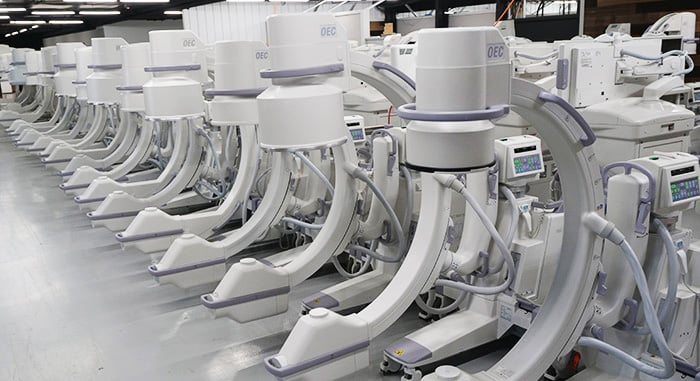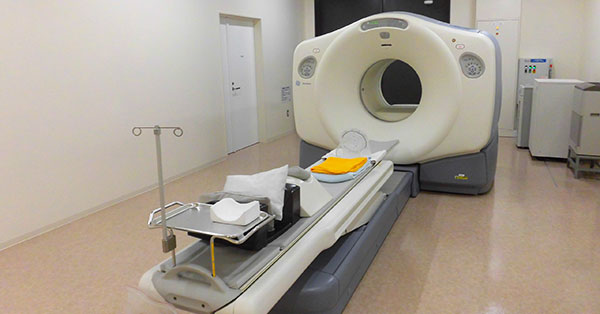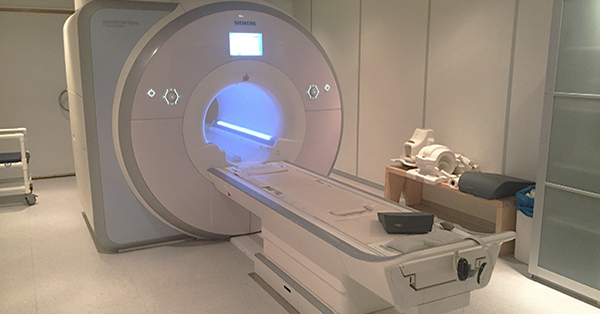
Consider the last few years in X-ray equipment trends and the old adage “If it ain’t broke, don’t fix it” quickly becomes, “If it ain’t broke, upgrade it to digital”. Digital radiography flat panel detectors are a popular way to extend the life of portable X-ray systems by enabling them with direct digital capabilities.
While we agree that flat panel detectors are both an effective and economical way to bring digital radiography to your portable scanning, that economy begins to decline if (heaven forbid) the worst happens and your panel is damaged in a collision or fall as it rides around your facility.
The goal of this article is not to stir up fear, however, it is to encourage preparedness! To that end, we'll break down the protective capabilities and cost of a protective housing for your digital radiography (DR) flat panel detector.
Looking for your detector before you check out protection? Click here to access our DR Flat Panel Detector Price Guide
Protective Capabilities of Flat Panel Detector Cases
A hard plastic shell locks the panel in and covers its edges. It also provides a carrying handle. The shell offers the panel protection from light impact damage, which can happen during patient positioning or a system's travel in the hallways of a busy hospital, as well as from electronic damage from fluid splashes.
The protective case also has an integrated scatter grid. On top of completing the shell, the grid is rated at a manufacturer-recommended 215 lines and, thereby, offers improved image quality.
NOTE: If you are looking for maximum protection from an impact as severe as a complete fall from table/bed level to a hard floor, the best way to do that is with drop protection coverage.
Caveats
We will have to caution you that the protective case with your DR panel should not be used as a lifting device. While it certainly adds a layer of protection, the case will not protect the panel from the bending force of trying to transfer a 300 lb. linebacker.
Flat panel cases are also not well-suited for use in fixed X-ray systems. The added dimensions of the case prohibit the panel from fitting into a standard bucky tray.
Average Cost of a Flat Panel Detector Case
A flat panel case can pay for itself many times over by shielding even a single impact incident. Currently, the cost for a complete case (shell and 215-line grid) averages between $1,400 and $1,500.
The Takeaway
Whether we're talking about your smartphone or your flat panel detector- with any piece of electronic equipment, the more you move it, the more places you take it, the more likely you are to drop it, bump it, or spill on it. A case is certainly not a requirement to begin taking advantage of the benefits of digital radiography in portable units, but the added protection can certainly pay off in both piece of mind and averted damage.

Tony Baggett
Tony Baggett is an X-Ray Product Manager at Block Imaging. Tony assists imaging centers, hospitals, and orthopedic centers in their purchases of x-ray equipment. When he’s not serving customers, Tony can be found hunting, fishing, and camping with his wife, son, and daughter.





